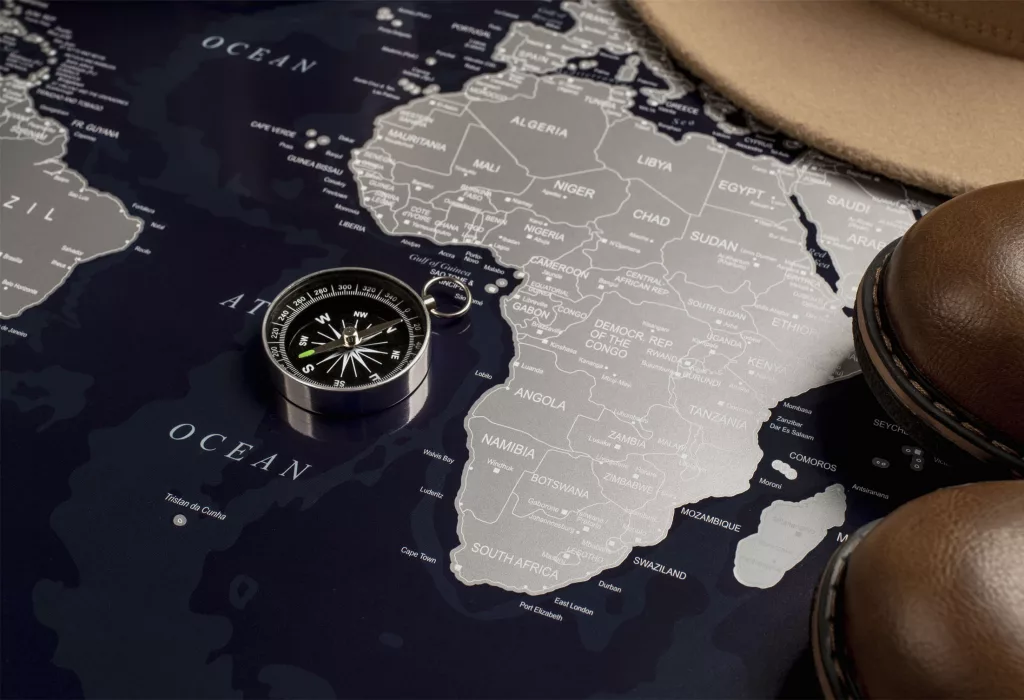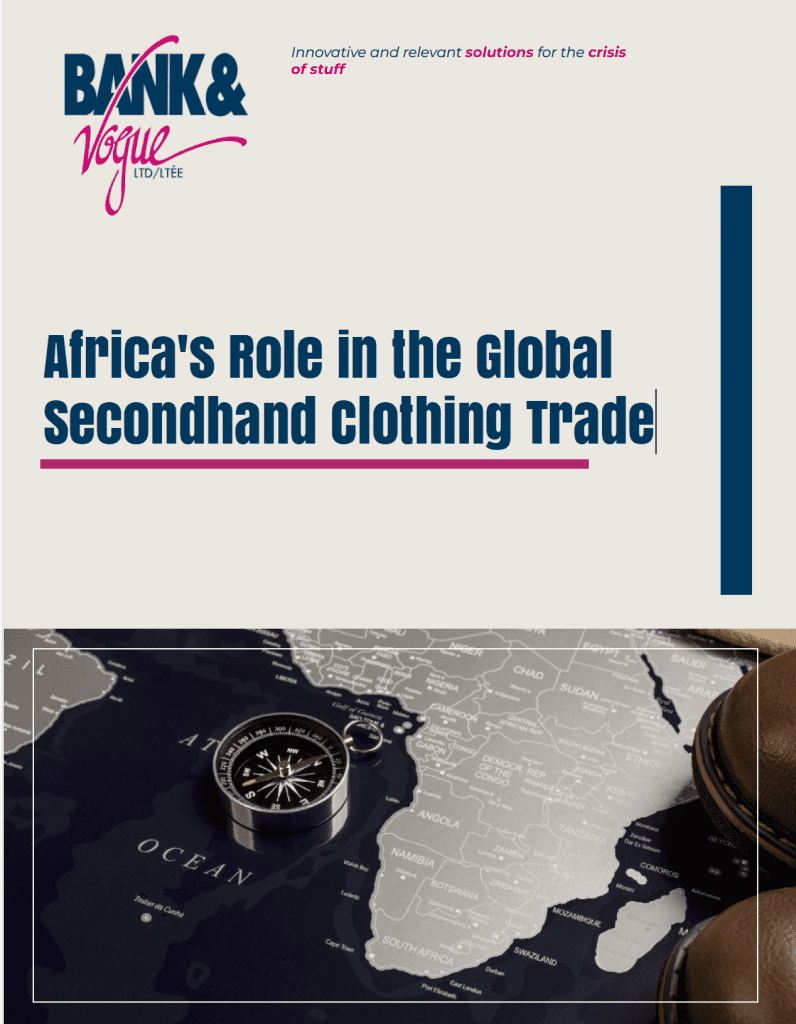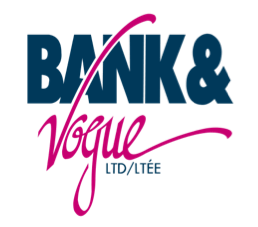Introduction
The global secondhand clothing trade is a critical component of the circular economy, promoting the reuse of garments and reducing textile waste. Among the key players in this industry, the African market stands out as a significant importer and consumer of secondhand goods. This white paper explores the multifaceted role of the African market in the secondhand clothing trade, examining its economic, environmental, and cultural impacts, as well as the challenges and opportunities it presents.
The African Market: A Major Importer of Secondhand Clothing
Africa is one of the largest destinations for secondhand clothing globally. Countries such as Kenya, Ghana, Nigeria, Uganda, and Tanzania import millions of tons of used clothing annually. Known as “mitumba” in East Africa, secondhand clothing provides an affordable alternative to new garments for millions of consumers. This trade addresses both affordability and sustainability by extending the lifecycle of textiles.


Key Statistics:
- Kenya: Imported over $200 million worth of secondhand clothing in 2022.
- Ghana: The Kantamanto Market handles approximately 15 million garments weekly, serving as a major hub for the trade.
- Nigeria: One of the largest secondhand markets in West Africa, supporting a thriving retail ecosystem.
Economic Impact
The secondhand clothing trade is a vital source of income and employment across the continent. It provides livelihoods for millions of individuals, including importers, wholesalers, retailers, tailors, and market vendors.
Women’s Empowerment
Women form a significant portion of the workforce in this industry, particularly in retail and tailoring roles, contributing to economic inclusion and gender equality.
Economic Multiplier Effect
According to UNCTAD, every 100 kilograms of secondhand clothing creates 1.8 to 2.5 full-time jobs in the importing country, showcasing the trade’s ability to stimulate local economies.
Cultural and Social Relevance
Secondhand clothing is deeply integrated into daily life in many African societies. Beyond affordability, it provides consumers with access to high-quality, unique garments, often unavailable through local production or new imports.
Consumer Preferences:
- Style: Many consumers prefer the uniqueness and durability of secondhand clothing over fast fashion alternatives.
- Sustainability: Younger generations are increasingly drawn to the environmental benefits of choosing secondhand over new garments.
Community Significance
Secondhand markets also serve as vibrant social spaces, fostering community interactions and contributing to cultural identity, as noted in UNCTAD’s analysis of regional economic impacts.
Environmental Challenges
While the trade supports global sustainability by reducing textile waste, it also presents challenges:
- Waste Management: Unsold or low-quality garments often end up in landfills, creating environmental burdens for importing countries.
- Fast Fashion Impact: The influx of poor-quality, fast fashion cast-offs has increased the volume of unwearable clothing entering the market.
Key Insights:
- According to Dr. Stephen T. Odonkor, a distinguished Fullbright Scholar and Senior Lecturer at the Ghana Institute of Management and Public Administration (GIMPA,) in Ghana, less than 4% of imported bales are unsellable, due to strict quality checks.
Policy and Trade Regulations
Some African nations have sought to regulate or ban secondhand clothing imports to protect local textile industries. However, such measures often face resistance due to the economic dependence on the trade.
Examples:
- Rwanda: Imposed higher tariffs on secondhand clothing to promote local manufacturing but faced economic and political backlash.
- East African Community (EAC): Proposed a regional ban on imports, though implementation has been inconsistent.
Harmonized Regulations
UNCTAD advocates for harmonized trade policies that balance the economic benefits of secondhand imports with environmental and industrial policy goals. Such regulations could include quality controls and incentives for recycling unsold items.
Opportunities and Path Forward
To address the challenges and maximize the benefits of the secondhand clothing trade, stakeholders can pursue several strategies:
- Quality Control:
-
-
- Collaborate with exporters to ensure only wearable, high-quality garments are shipped to African markets.
-
- Partnerships:
-
-
- Build partnerships between exporters, governments, and NGOs to improve waste management and recycling infrastructure.
-
- Innovation:
-
-
- Support upcycling initiatives and local textile recycling industries to create value from unsold garments.
-
- Education and Awareness:
-
-
- Educate consumers about the environmental and social benefits of secondhand clothing to further drive demand.
-
- Policy Alignment:
-
- Align international trade policies with sustainability goals, as suggested by UNCTAD, to ensure long-term benefits for all stakeholders.
Conclusion
The African market plays a crucial role in the global secondhand clothing trade, offering economic, social, and environmental benefits while facing unique challenges. By addressing these challenges through collaborative efforts and innovative solutions, the industry can continue to thrive, contributing to a more sustainable and inclusive global economy. As a leading player in the secondhand wholesale industry, Bank & Vogue is committed to supporting these efforts, ensuring a positive impact on the environment and communities worldwide.
For further information or assistance with your secondhand clothing inventory, please contact Bank & Vogue.








